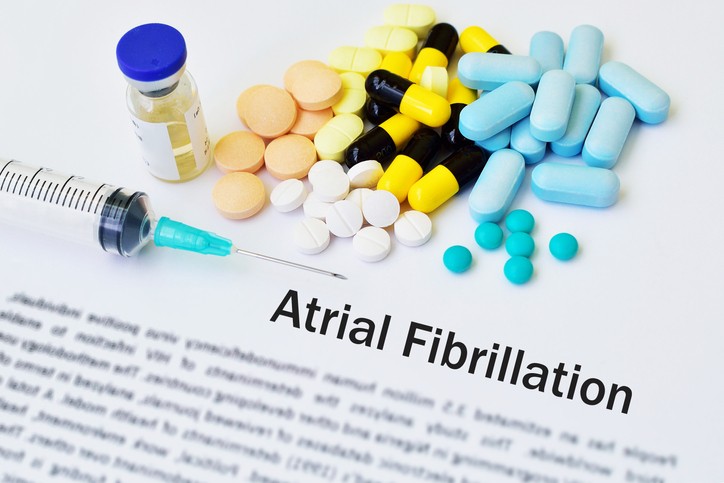The Silent Threat in Your Heart: Understanding Aortic Valve Stenosis
DEC 02, 2025The aortic valve's job is to let oxygen-rich blood flow out to your body and then close tightly to prevent blood from leaking back into the heart.
Read More
A parachute comes in handy if you are hurtling toward the earth. Now, a tiny version is saving people with atrial fibrillation from stroke, and a lifetime of blood-thinning medications!
Atrial fibrillation or afib is a common condition marked by a quivering or irregular heartbeat called an arrhythmia. Having atrial fibrillation means being five times more likely to suffer a stroke. That’s because afib causes the heart’s upper chamber to beat irregularly.
As a result, the chamber may not empty completely. As blood collects, clots can form and go to the brain, causing a stroke.
To prevent a stroke, people with afib are resigned to a lifetime of treatment with blood thinners, which reduce the risk of blood clot formation. Unfortunately, blood thinners can cause side effects and bleeding problems.
With the help of this new parachute-shaped device we are saving people with afib from a lifetime of stroke risk without medications.
It’s called a Left Atrial Appendage Occluder or LAAO, otherwise known as the WATCHMAN procedure. It’s the only FDA-approved device of its kind which is placed in your heart where blood tends to pool. The permanent quarter-sized implant closes off this part of the heart and keeps those clots from escaping while letting blood flow normally.
In our center’s experience, we were able to stop Warfarin and other blood thinners in 99% of patients within 45 days and our success rate has been 99%! Because of this breakthrough procedure is covered for eligible Medicare patients meeting the criteria and also by an increasing number of commercial insurers.
Contact us at (402) 398-5880 to find out if this permanent closure implant is right for you. To learn more about the WATCHMAN device.

The aortic valve's job is to let oxygen-rich blood flow out to your body and then close tightly to prevent blood from leaking back into the heart.
Read More
Your heart rate, the number of times your heart beats per minute, is a silent whisper, constantly telling a story about your health, your fitness, and even your emotional state.
Read More
While many vascular diseases share common risk factors and presentations across genders, it's crucial to acknowledge that women often experience these conditions differently.
Read MoreWhen you need local health information from a trusted source, turn to the CHI Health Better You eNewsletter.